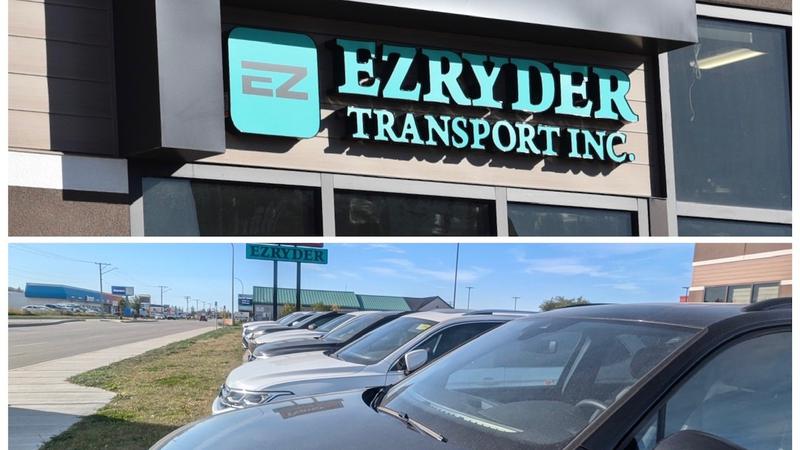
City floodplain debate continues
The floodplain debate between Prince Albert city council and administration continues in a stalemate, further delaying a deadline issued by the province last December.
The government requires municipalities to adhere to a one-in-500 year floodplain standard as part of official community plans. The provincially mandated policy bars future development in the floodway – the area at greatest risk for flooding beside a waterway – and it puts a number of building requirements on new developments in the flood fringe. The fringe is the area outside of the floodway.
For Prince Albert, there are roughly 2,000 properties within the floodplain. Since the provincial standard was issued, the debate has pitted opinions on flood preparation against property values in city hall.
Planning Director John Guenther said most members of council view the flood risk as being low.


